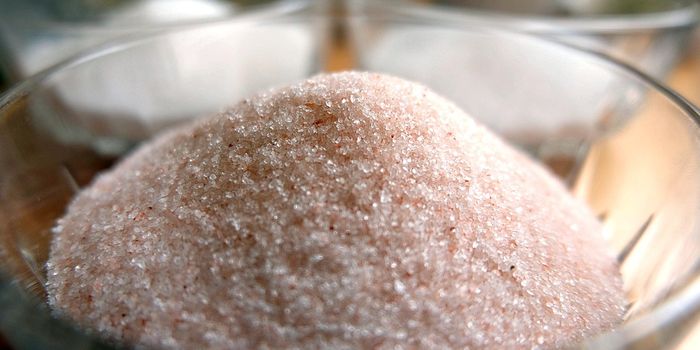Veterans and Burn Pit Exposure
Today we recognize the Veterans Day holiday in the United States. Each year, on November 11, Americans commemorate the unofficial end of The Great War, now known as World War I. In 1918, on the eleventh hour of the eleventh day of the eleventh month, an armistice temporarily stopping fighting between the Allied nations and Germany, went into effect. While the war unofficially ended on this day, about seven months before its official end on June 28, 1919, signified by the signing of the Treaty of Versailles.
Veterans Day celebrates America's Veterans of all branches of service for their patriotism and willingness to serve their country. In his official proclamation on Veterans Day, President Joe Biden noted the day honors “generations of patriots who have earned the title of “American veteran” — a badge of courage that unites the finest group of former service members the world has ever known. With their selfless sacrifice, our Armed Forces have forged and defended the very idea of America — a promise of freedom and equality, democracy and justice, possibility and hope. We owe them an incredible debt that can never be fully repaid.”
Labroots has previously discussed many medical issues faced by Veterans, including cancer (specifically skin cancer), post-traumatic stress disorder (PTSD), and chronic traumatic encephalopathy (CTE). To build on this information, today we will explore another timely risk many Veterans, particularly those stationed in Afghanistan and Iraq over the past two decades. While the United States fought in areas within the Southwest Asia theater of military operations, they often burned trash and other waste in open-air “burn pits.”
The fumes and smoke generated by burn pits remained unrecognized for years, but recently the health risks associated with these exposures have, rightfully, gained significant attention. The US Department of Veteran Affairs (VA) notes several factors contributing to health risks associated with burn pits, including the type of waste burned, the Veteran's proximity to the burn pit, and wind or other weather-related indicators.
VA has indicated “presumptive conditions” defined as medical conditions and disabilities “presumed” to be caused by military service. Presumptive conditions grew out of the government’s recognition that Veterans face very unique circumstances that differ based on an individual’s specific military duties and responsibilities. VA grants disability compensation to Veterans diagnosed with a presumed condition.
Many cancers are considered presumptive conditions associated with burn pits, including brain, gastrointestinal, kidney, lymphoma, head and neck, pancreatic, and lung cancers. In August, President Biden signed the bipartisan Sergeant First Class Heath Robinson Honoring our Promise to Address Comprehensive Toxics Act (PACT Act) expanding health care benefits to Veterans exposed to burn pits, along with other toxic exposures such as Agent Orange.
In addition to the health care benefits included in the PACT Act, this legislation requires VA to screen every Veteran enrolled in their health care system for toxic exposures in an effort to identify potential health risks as early as possible. Veterans receive an initial screening with follow-ups at least every five years based on results and evaluation of other risk factors.
Sources: VA (Veterans Day), VA (burn pits), Ann Psychiatry Clin Neurosci









